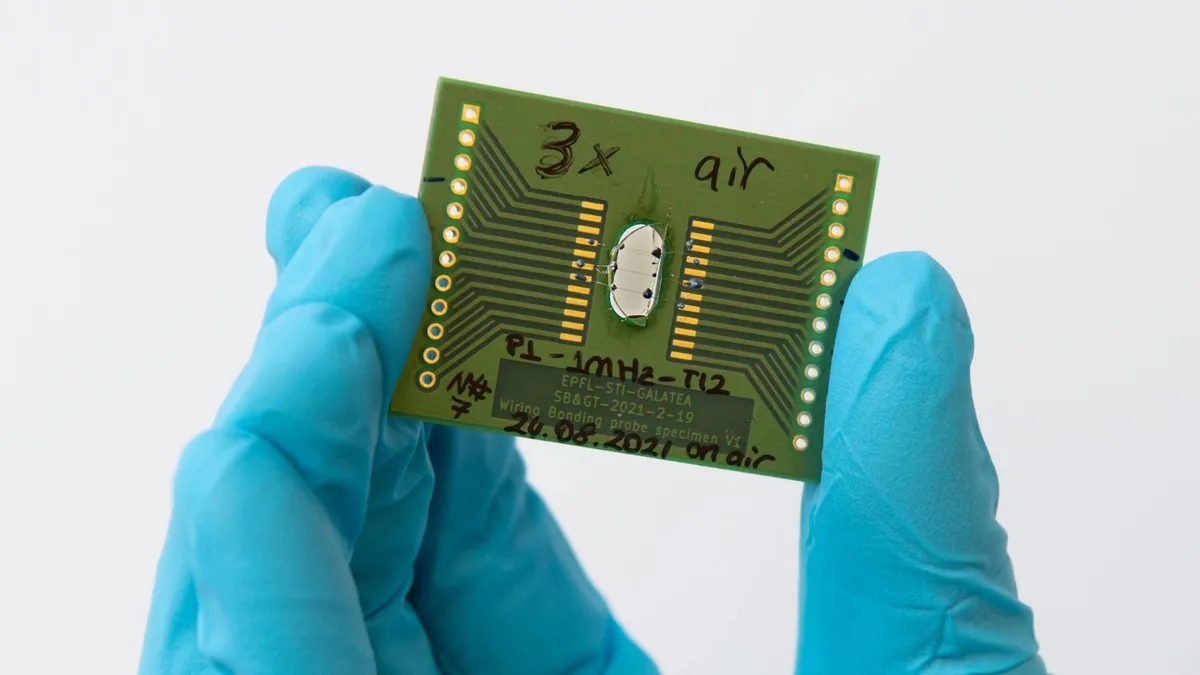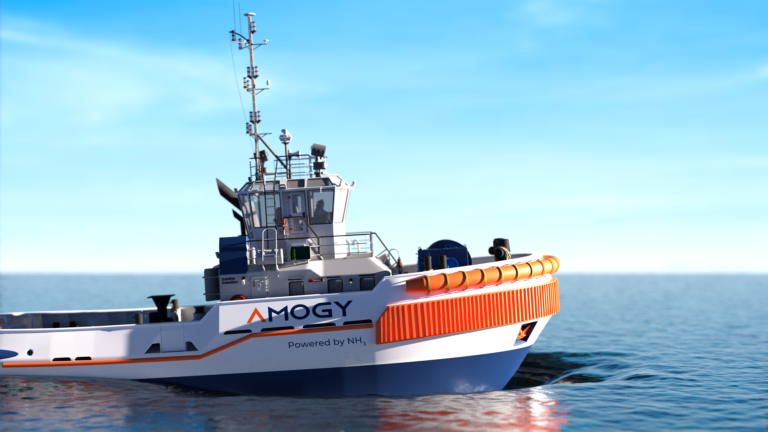Over the past several months the concept of a “Hyperloop” transportation system has been reported on and hotly debated without much in the way of practical details as to how the system could be realized. Yesterday, Elon Musk of SpaceX, Tesla Motors and Solar City, raised the ante by delivering a 57 page overview of a “Hyperloop” system running from San Francisco to Los Angeles, replete with technical details, providing Californians with an alternative to the planned $68 billion high-speed rail project at one-tenth the cost. Projected ticket prices for California’s HSR are $100 versus $20 for the Hyperloop; this ought to raise some eyebrows.
The plan is “groundbreaking” for many reasons: first, it calls for an entirely new form of transportation, what Musk calls the “Fifth Mode of Transport.” Humans have relied on four modes of transport: planes, trains, cars and boats. Now, ground transportation at speeds up to 750 miles per hour based on new cutting edge technologies is possible. The chart below shows Hyperloop’s revolutionary nature in the extremely low “energy per passenger per trip” metric.
Second, the report “throws down the gauntlet” in the face of the powers that be in California, the rail industry and around the country, whose ideas and plans for the first US HSR are decidedly underwhelming when compared to projects in Europe and China. As Musk’s paper explains a ground based rail system has many disadvantages not the least of which is greater risk during earthquakes and higher energy consumption per passenger per journey.
Third, in a call for action which can only be compared to John F. Kennedy’s “Trip to The Moon” challenge in the 1960’s, Musk is proposing technology that would require US engineers and scientists to come together for an unprecedented level of cooperation in order to complete the project. Bringing together all of the latest technologies in an entirely new configuration would be a huge challenge that would require vision and determination.
Fourth, elements of the plan call for a solar powered “hyperloop” with solar panels mounted on tubes. If the project were adopted, successful and expanded it would help the world “throw off the yoke” of an unsustainable transportation system.
Fifth, by declaring it an open source project and inviting participation in design and engineering, the model for building multibillion-dollar public works projects has been permanently altered.



